Beyond Aesthetics: Prioritizing Well-Being in Workplace Design
Thoughtful and intentional design has taken center stage in office, says Baker Barrios Architects’ Marilyn Russell.
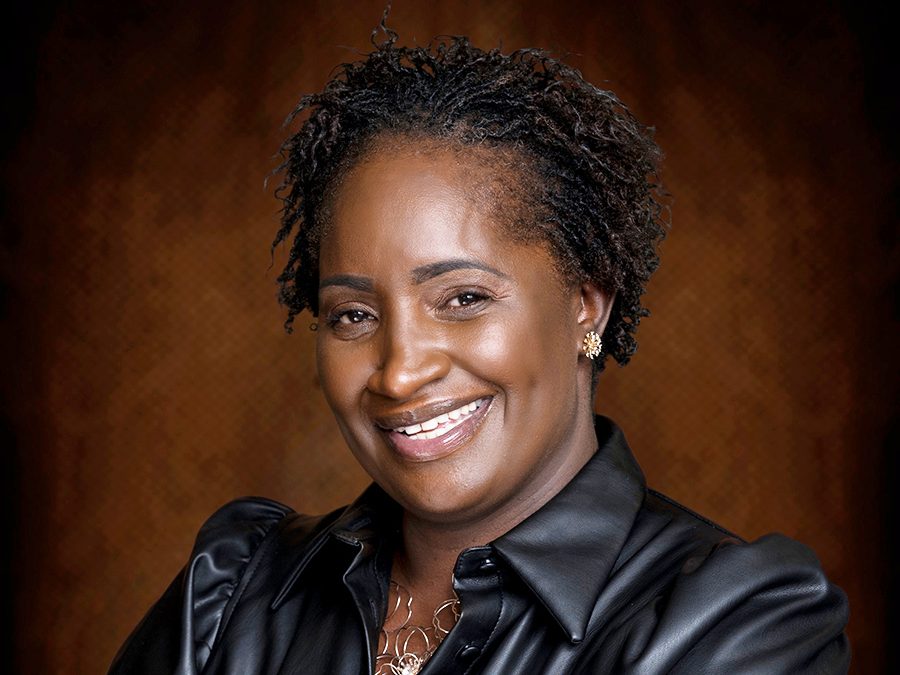
To celebrate Women’s History Month, Commercial Property Executive is featuring female leaders that have left their mark in the commercial real estate industry.
Marilyn Russell is an associate principal & regional director of corporate and landlord services at Baker Barrios Architects, with a particular interest in workplace design. Throughout her career, she has always tried to forge solutions for both functional and aesthetically pleasing work environments. Striking a balance between flexibility, inclusivity and employee well-being is particularly important today, when office landlords are looking for the best ways to navigate the hybrid work scene and adapt to tenants’ increasingly exigent demands.
“Through collaboration with landlords and corporate clients, working to understand each entity’s unique needs translates to solid design solutions,” Russell believes.
In this interview, the workplace design expert explores best practices to create spaces that align with both corporate brands and the need for collaboration, productivity and well-being among employees.
READ ALSO: Why Having a Workplace Strategy Is a Must Today
How has your journey and experience in the field of workplace design been throughout the past years?
Russell: Witnessing the evolution of workspaces from traditional cubicles to open office spaces and from a traditional eight-hour workday in the office to remote and hybrid work models has been remarkable. Understanding how each client has adopted and meandered the changing landscape of the workplace has helped us to develop innovative design solutions through branding or incorporate sustainable and energy-efficient design ideas. Offering technological solutions to enhance business needs and integrating seamlessly into the space is a win-win for landlords and corporate clients.
What are the latest workplace design trends in the corporate and landlord environment?
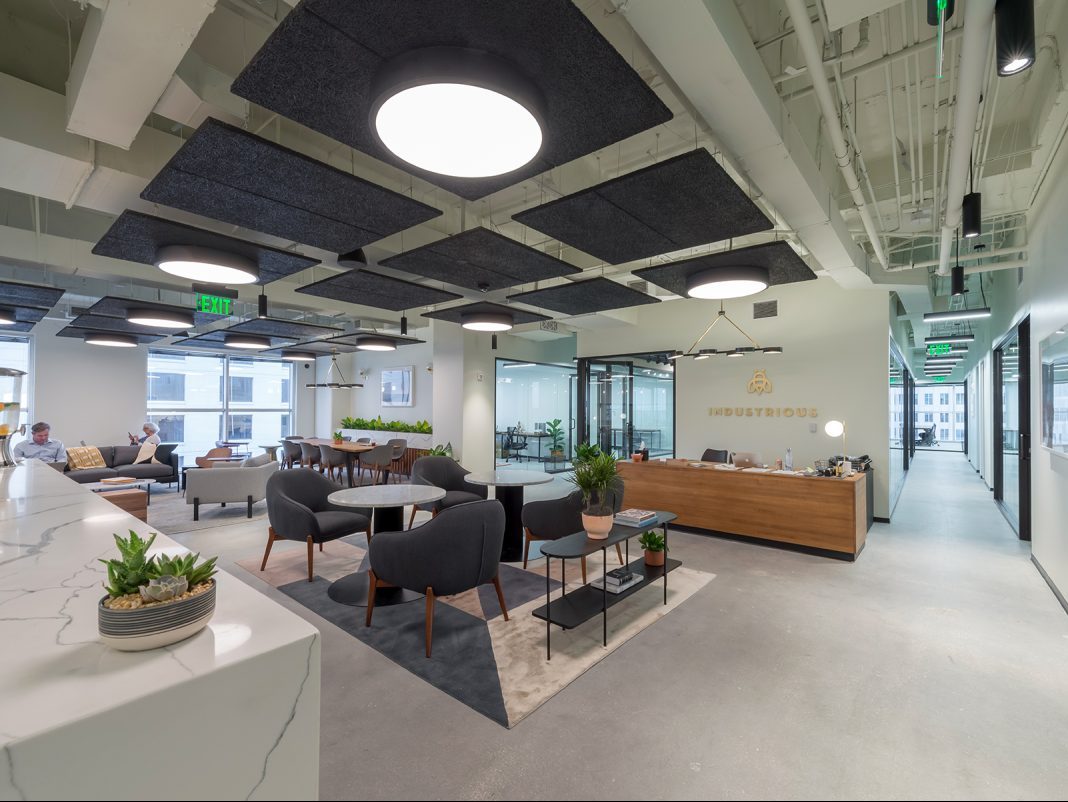
Russell: Workplace design continues to evolve shaping the corporate and landlord environment. The rise of remote and flexible work has increased the demand for adaptable office spaces that may cater to a variety of work styles. The adoption of hybrid work models, combining remote and in-office work, has influenced workspace design to support a seamless transition between different work environments.
Another design solution leans heavily on prioritizing employee well-being with features such as biophilic design, access to natural light, wellness rooms and spaces that encourage physical activity. Well-designed office layouts that allow for the maximum penetration of natural light contribute not only to the aesthetic appeal of the space but also to the health and well-being of occupants.
Privacy solutions have become increasingly important in the context of open office layouts, where the emphasis on collaboration can sometimes come at the expense of individual privacy and focused work. Phone booths and private workstations are design solutions specifically tailored to address this challenge. Phone booths are equipped with acoustic panels and feature ventilation systems and offer sound insulation to minimize distractions, allowing individuals to have confidential conversations without disturbing colleagues in the open office setting.
READ ALSO: Evolving Workspaces—Tips for Modern Organizations
How should landlords address common challenges in meeting the evolving expectations of tenants in terms of space design, particularly as work dynamics constantly change and technology advances rapidly?
Russell: The shift toward remote and flexible work arrangements challenges traditional office space usage. Design spaces that support hybrid work models, offering flexibility and adaptability to changing work dynamics, create a mix of collaborative, private and shared spaces to accommodate diverse work styles. These diverse spaces facilitate teamwork and spontaneous interactions, while private spaces cater to tasks requiring focus and concentration. Incorporating flexible furniture and modular layouts allows spaces to be easily reconfigured based on the specific needs of the day or the preferences of the employees.
Tenants have higher expectations for modern, appealing and functional spaces. [Landlords should] regularly assess and upgrade common areas, amenities, and overall design to meet current trends; collaborate with design professionals to ensure that the property remains attractive and competitive; implement sustainable design practices, energy-efficient systems, access to natural light, wellness amenities, and eco-friendly materials; and communicate these efforts to tenants and future tenants alike, demonstrating a commitment to environmental responsibility.
Are there any specific principles that guide your work? How can corporate space foster both productivity and well-being?
Russell: The realization that the average person spends a significant portion of their life at work underscores the importance of creating office spaces that promote both productivity and well-being. Emphasizing the need for thoughtful and intentional design strategies to enhance the overall experience of employees takes center stage. The COVID-19 pandemic prompted a reevaluation of traditional office setups, and the essence of creating conducive environments for work remains crucial.
While there are numerous design thoughts, a few design principles that guide our work are natural light, flexible spaces, biophilic design and wellness programs. Maximizing access to natural light and providing exposure to natural elements have been linked to increased productivity and well-being. Allowing flexibility on workstations, meeting areas, and collaborative spaces allows for increased collaboration and adaptability for different working purposes.
Biophilic design has been shown to enhance well-being by integrating elements of nature into the workplace, such as plants and green walls. Supporting employee well-being through wellness programs and amenity spaces is a great starting point. Including spaces for relaxation, exercises, or mindfulness activities does plenty for one’s mental health. Enough cannot be stated about technology.
READ ALSO: When Coworking Meets Hospitality—A New Jersey Success Story
In your opinion, what are some of the key factors that contribute to the success of a workplace design project, beyond aesthetics?
Russell: Several factors contribute to the success of a workplace design project. Some key factors and crucial considerations include understanding organizational culture by aligning the design with the organization’s values, mission and culture. Considering employees’ workstyle, collaboration preferences and the identity of a company makes for a great successful workplace design.
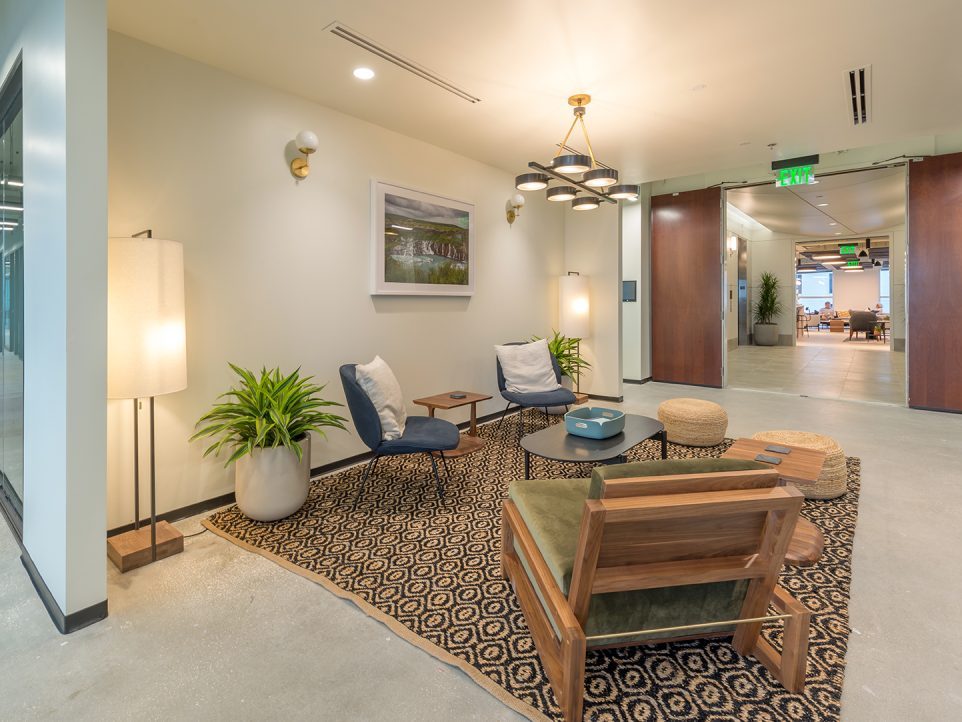
[Other key aspects include:] involving employees in the design process to understand their needs and preferences; designing spaces that adapt to changing work styles and technology advancements and creating modular and flexible layouts to accommodate evolving business needs; integrating technology seamlessly to enhance productivity; providing easy access to power outlets, charging stations and connectivity throughout the workspace.
[Landlords need to] develop a change management plan to aid staff in transitioning to the new workspace; regularly communicate updates, timelines, and the rationale behind the design change through various channels; provide training sessions and workshops to familiarize employees with the new workspace layout, technology and any change in the work processes. This ensures a smooth transition and empowers staff to maximize the benefits of the updated design.
In today’s work environment, what role does flexibility play in workspace design?
Russell: Flexibility in workplace design is a strategic investment that addresses the diverse needs of tenants and accommodates the evolving nature of work. It enhances the overall adaptability, functionality, and attractiveness of the workspace, contributing to the success and satisfaction of both tenants and their employees.
Flexibility in workplace design is crucial, especially in accommodating diverse tenant preferences and work styles. The modern workforce is dynamic, and organizations often have employees with varying needs and preferences. Catering to individual preferences is one way to contribute to flexibility in the workplace. Some may prefer open collaboration, while others may need quiet, focused spaces, or some may prefer a blend of both styles. Flexibility allows for a mix that caters to everyone, and flexible layouts ensure optimal use of space, avoiding inefficiencies and enabling better utilization of square footage.
READ ALSO: What Office Users Want in Flex Space Now
Is there any particular trend your clients are following today?
Russell: Although we have completed many successful office projects that leave clients satisfied, I have noticed an increase in the number of spaces that prioritize inclusivity. Our corporate clients are now prioritizing wellness, focusing on the overall well-being of their employees…By investing in the well-being of employees, corporations are contributing to their health and adding to their overall goals and objectives.
As a leader in your field, what advice would you give to landlords seeking to enhance their properties through thoughtful and innovative design solutions that match the requirements and expectations of today’s users?
Russell: Prioritize sustainability by incorporating design principles to minimize environmental impact. Green building practices, energy-efficient systems and eco-friendly materials contribute to a more sustainable and attractive property. Along those lines, integrate features that promote the health and well-being of users.
Foster a sense of community within the property by designing spaces that encourage interaction, collaboration and networking among tenants, creating a vibrant and connected environment. Stay informed about emerging trends in workplace design, technology and employee expectations. Design with the future in mind to ensure long-term relevance and appeal.

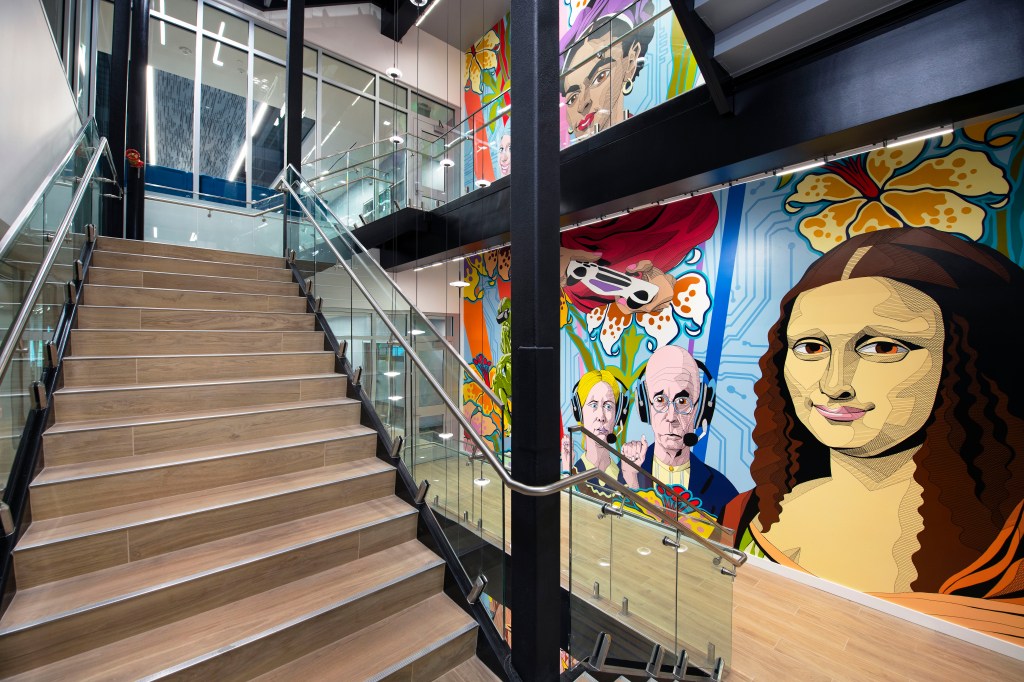
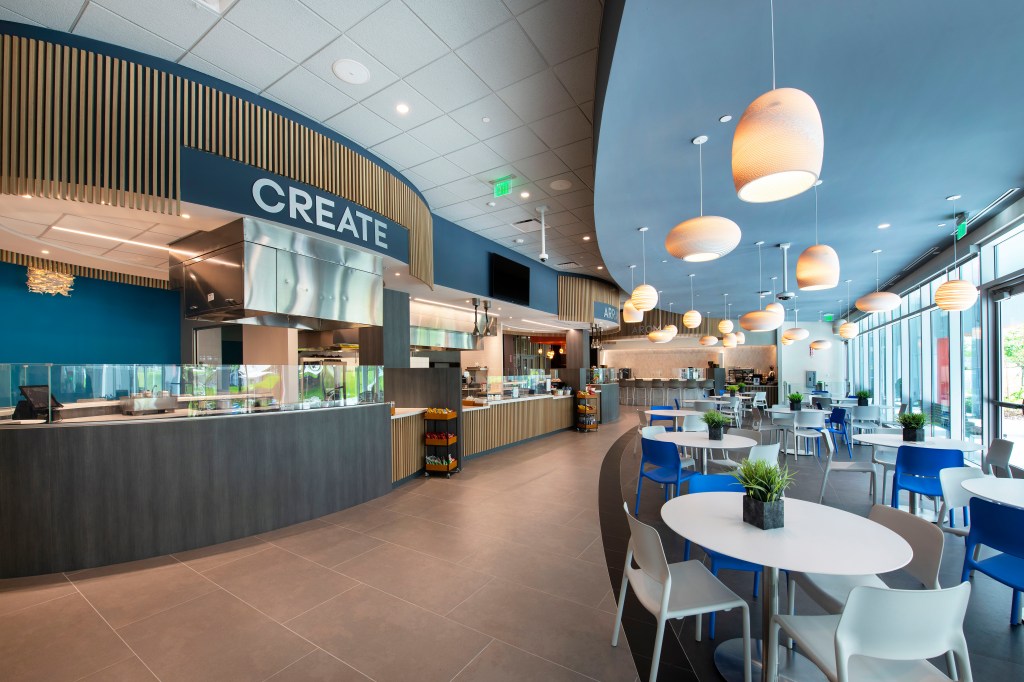
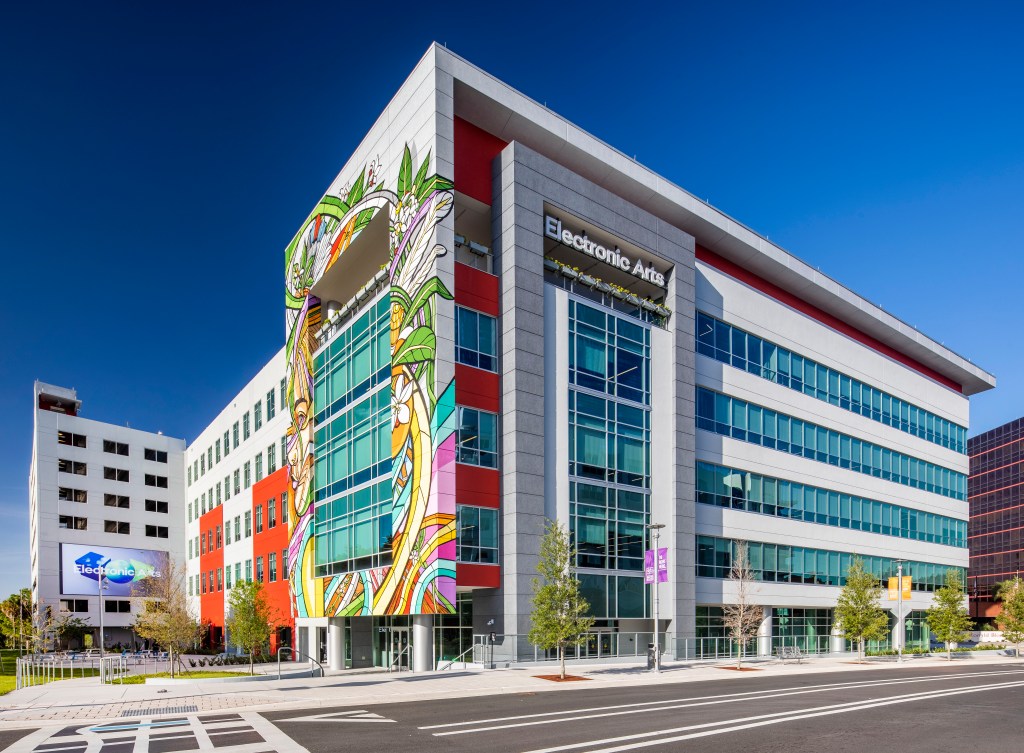
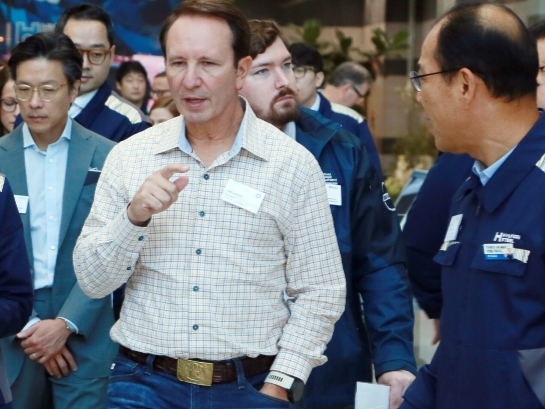
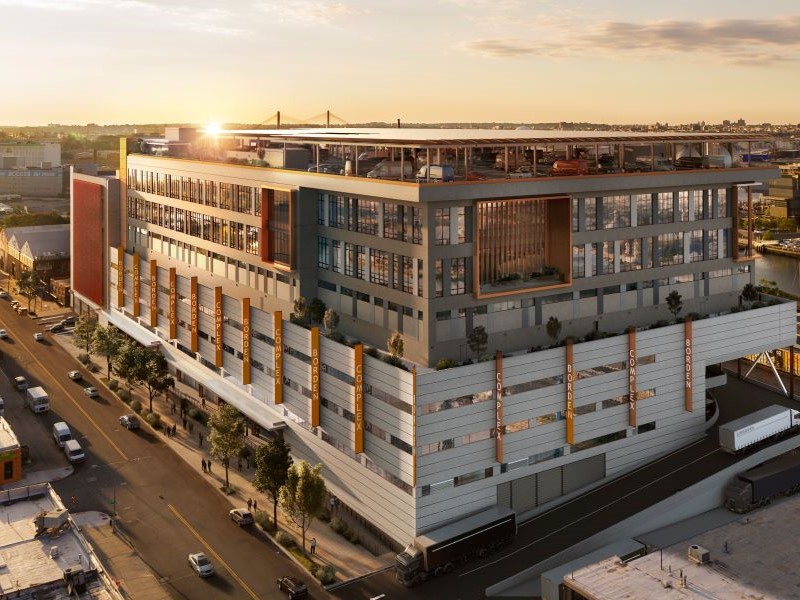
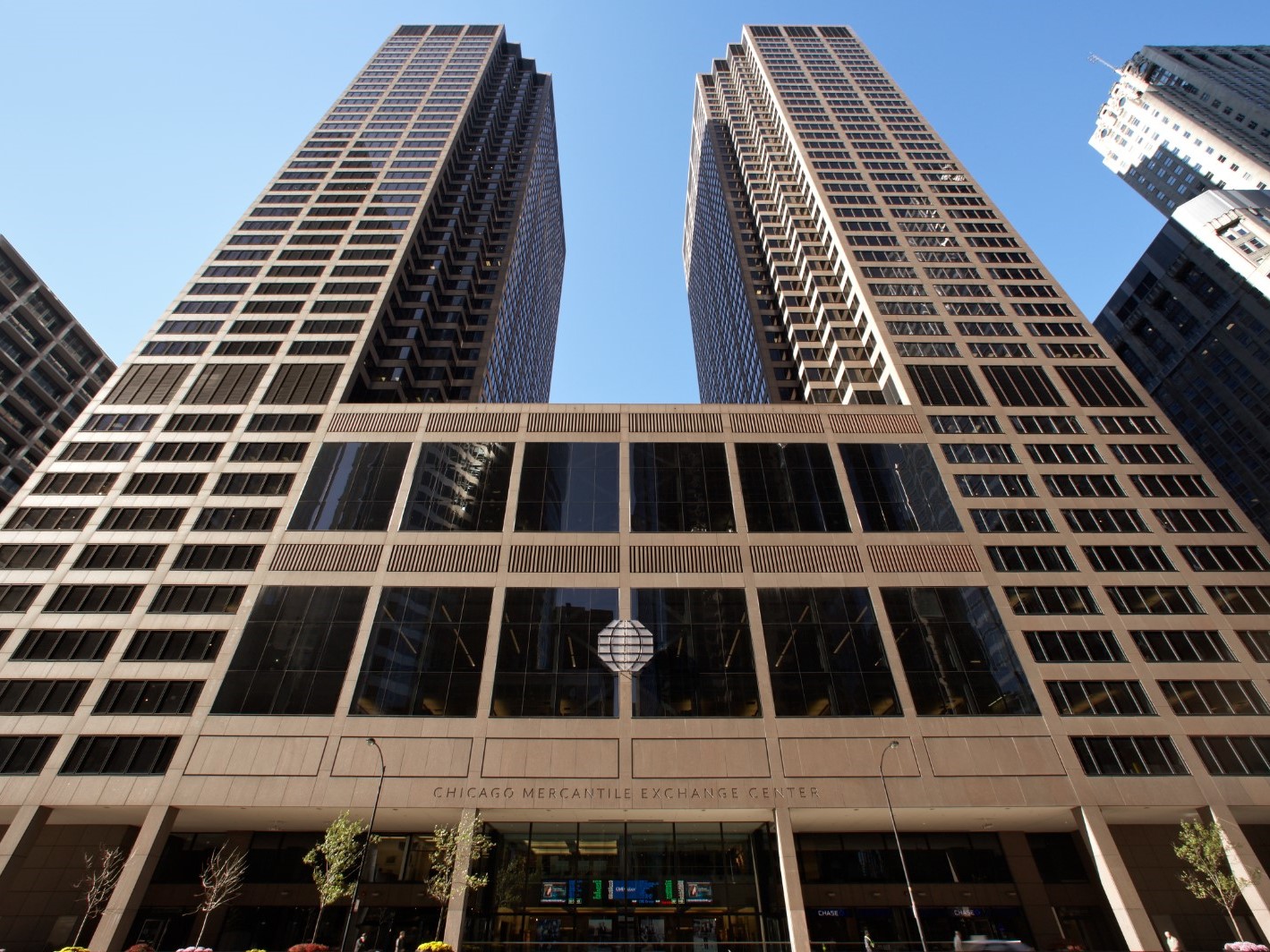
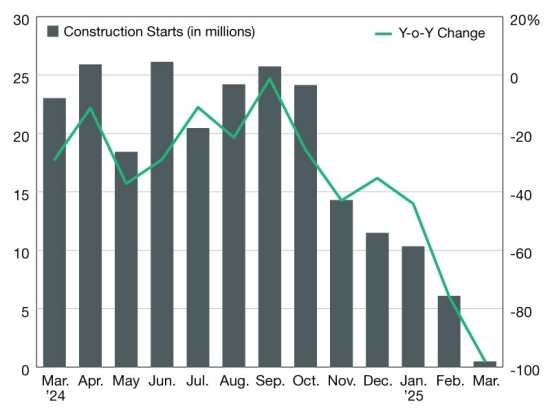
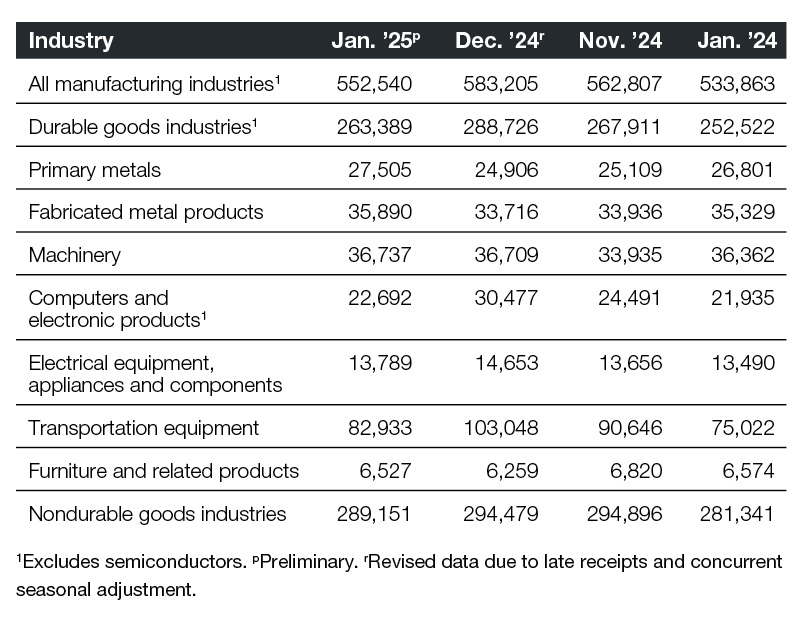
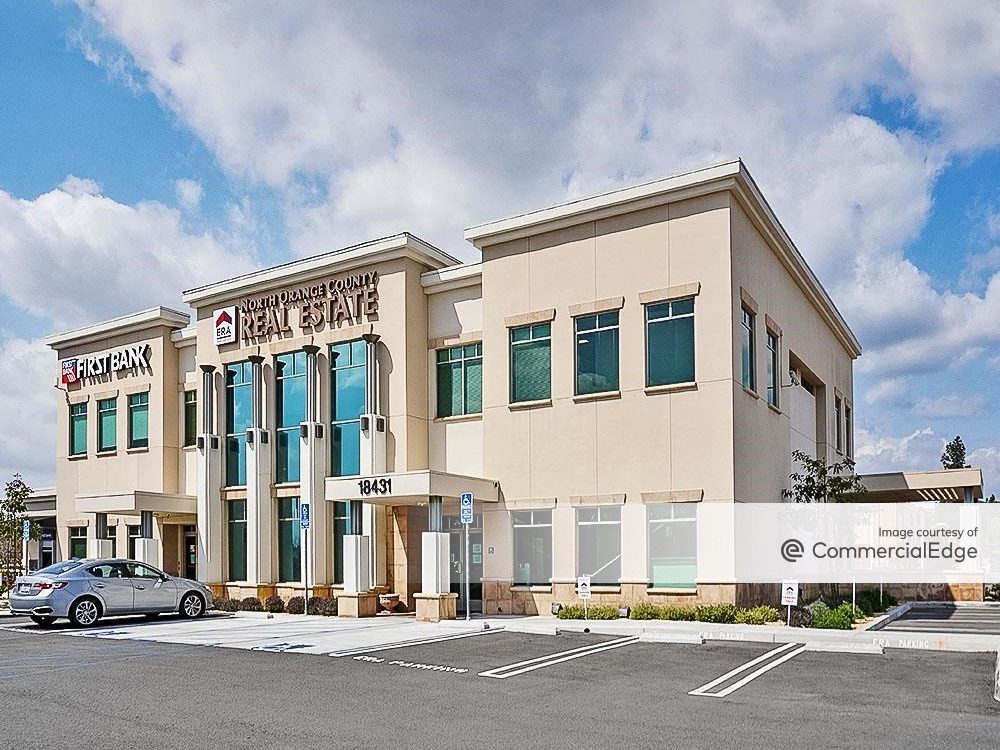
You must be logged in to post a comment.